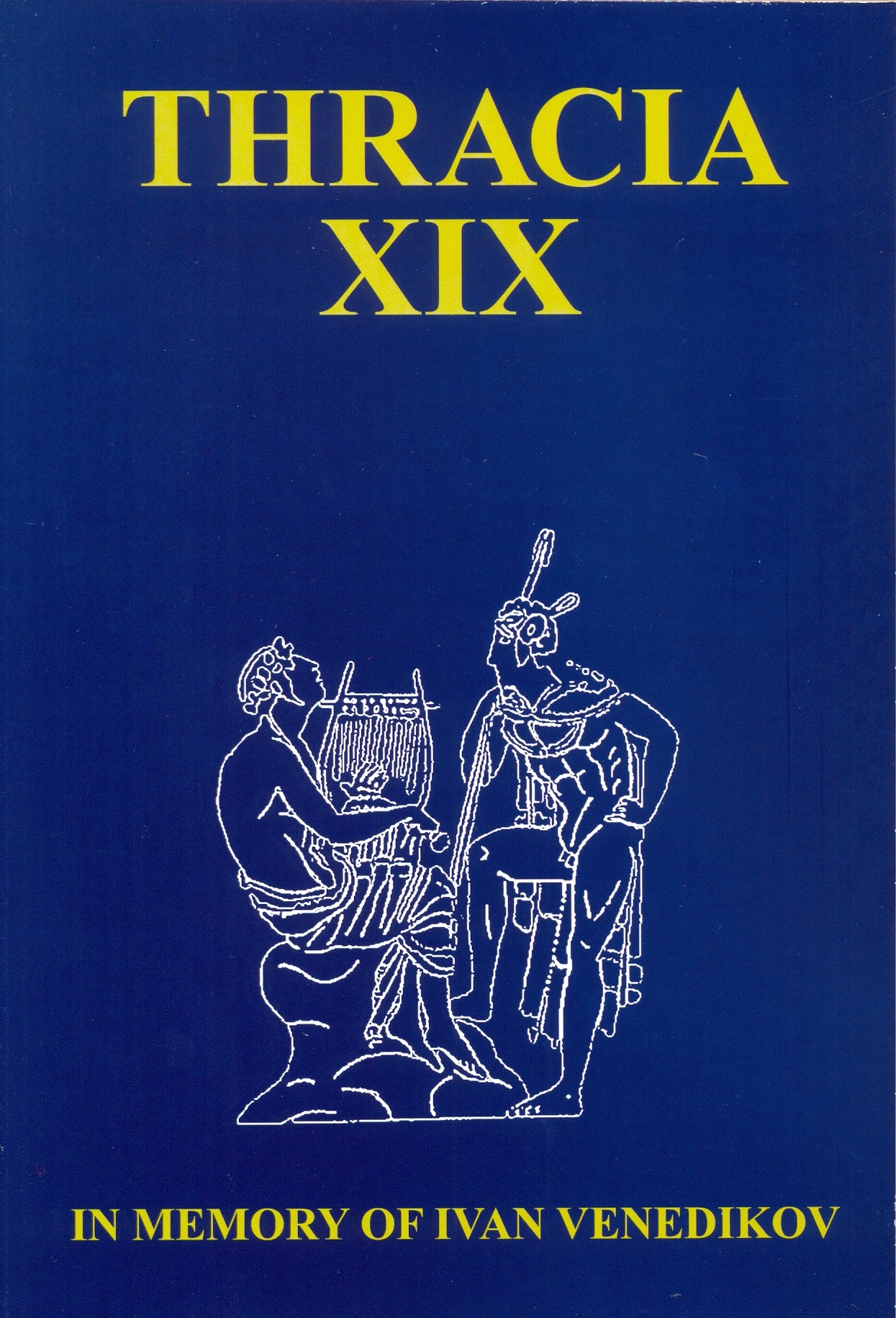Погребения на конници в Тракия*
Riders’ Burials in Thrace*
Author(s): Rumyana GeorgievaSubject(s): History, Archaeology, Cultural history, Geography, Regional studies, Historical Geography, Maps / Cartography, Ethnohistory, Local History / Microhistory, Social history, Ancient World
Published by: Институт за балканистика с Център по тракология - Българска академия на науките
Summary/Abstract: The earliest bridles and horses in Thracian burial context appeared first in the lands to the north of the Balkan Range (7th–6th century BC) and became widely popular to the south no sooner than the 4th century BC. The animals were buried close to the deceased individual or were inhumated/cremated together with him. They accompanied the dead, being mediators between the worlds of the dead and the living because of their role in the economy, war, hunt, as well as being symbols of power and rank of the dead. The social rank of the buried horsemen is hypothetical. Some of them accumulated both military and secular power, and they can be defined as representatives of a military tribal aristocracy. Another part of the buried men probably belonged to a stratum from which the closest surroundings of the ruler were chosen. The hypothesis that the riders buried in the Thracian rich graves and monumental tombs from the 4th century BC onward were kings could only be held for some of them. In their vast majority they were probably aristocrats or warriors who had accumulated significant wealth during different military missions in and outside Thrace. Possibly, emphasis on the warrior nature of men in burial practice was related to their belonging to military tribal nobility, to their military and hunting activities, as well as to ideas about their afterlife.
Journal: Thracia
- Issue Year: 2011
- Issue No: 19
- Page Range: 105-115
- Page Count: 11
- Language: Bulgarian
- Content File-PDF

